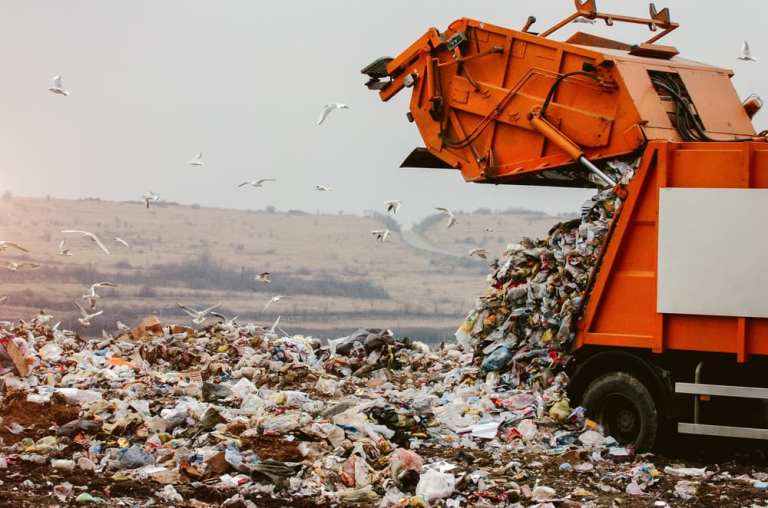
There are plenty of firms in the shoes and apparel sector that are “going green” to some extent. But new shoe startup Thousand Fell is taking the quest a bit more seriously than most, with a fully recyclable shoe and a vision for keeping old shoes out of landfills.
Greening the apparel industry has been something of a growing theme in recent years, as clothing, accessory and shoe firms large and small have pledged to incorporate recycled materials, clear up their supply chain or commit to using sustainable sourcing. The lengths they will go and how seriously they take it will varies by individual brands.
Some brands adhere to green concepts with near-religious fervor. Others are perhaps less genuinely invested in building a retail environment that is friendly to the planet’s long-term health, and more interested in the branding effect and good PR that go along with being green.
Stuart Ahlum and Chloe Songer, co-founders of the recently launched Thousand Fell, are decidedly in the first troop of greentailers – to the extent that they’ve largely oriented their entire supply chain around building fully recycled products.
And they mean fully – in the rubber sole of every Thousand Fell shoe, there is a set of instructions stamped in small letters: “Please return for recycling.” And they don’t mean in general: Thousand Fell offers their customers free shipping to return their old shoes once they approach the end of their wearable life. The company then disassembles the old, returned shoe and reuses the component parts to rebuild a new shoe. The customer who sent the shoe back then gets a $20 credit toward their next pair.
The brand calls it “circular sourcing” – and while they are not the first to incorporate some level of circularity in their raw materials supply chain, Thousand Fell has made it a more foundational pillar than others have. They made the move, according to Songer, because they had to.
Shoes don’t have much a second life, Songer noted. Consumers have some interest in solving the problem, but don’t have much in the way of a good mechanism for doing so. Some people donate old shoes to clothing banks, Goodwill and the Salvation Army, but if they show any sign of wear and tear, they likely won’t make it to the floor. Instead, they end up in a landfill, where chemicals will leach out of the products, the leather will rot and the plastics will take thousands of years to biodegrade.
“Is it okay to stamp your logo on something and then have it sitting in a landfill for 1,000 years, for eight to 10 generations?” Songer asked Fast Company in during an interview. “I don’t think so.”
But recognizing a big need in the market for a better shoe recycling mechanism didn’t mean that building a better alternative would be easy. It took two years of sourcing materials and finalizing designs before they had a solid concept for a simple, slip-on sneaker and a simple lace-up. The top is made from recycled soda bottles made to look like leather, the sole is made from zero-carbon rubber and the insole is made of recycled yoga mats. All three of the components are designed to be very separated from each other when the shoes are returned for recycling, so they can be reformatted into a new shoe or disposed of via composting.
Footwear is a challenging business, particularly on the manufacturing side – and breaking in with a new idea and new set of textiles, both of Thousand Fell’s founders noted, is a challenge and involves a higher cost of production. But, they said, consumers aren’t blind to the environmental effects – and a significant number would like access to a product that is easy to recycle, particularly at a fairly reasonable price point.
Which means the next step for this burgeoning company is to figure out how to go greener while keeping the product affordable. Fewer adhesives and less stitching seem to be their starting points thus far.
“We want to make it really easy [and encourage people,] as a group or as a community, to step up,” Songer said, noting that based on what they’ve seen during the beta stage, they believe people will do just that.